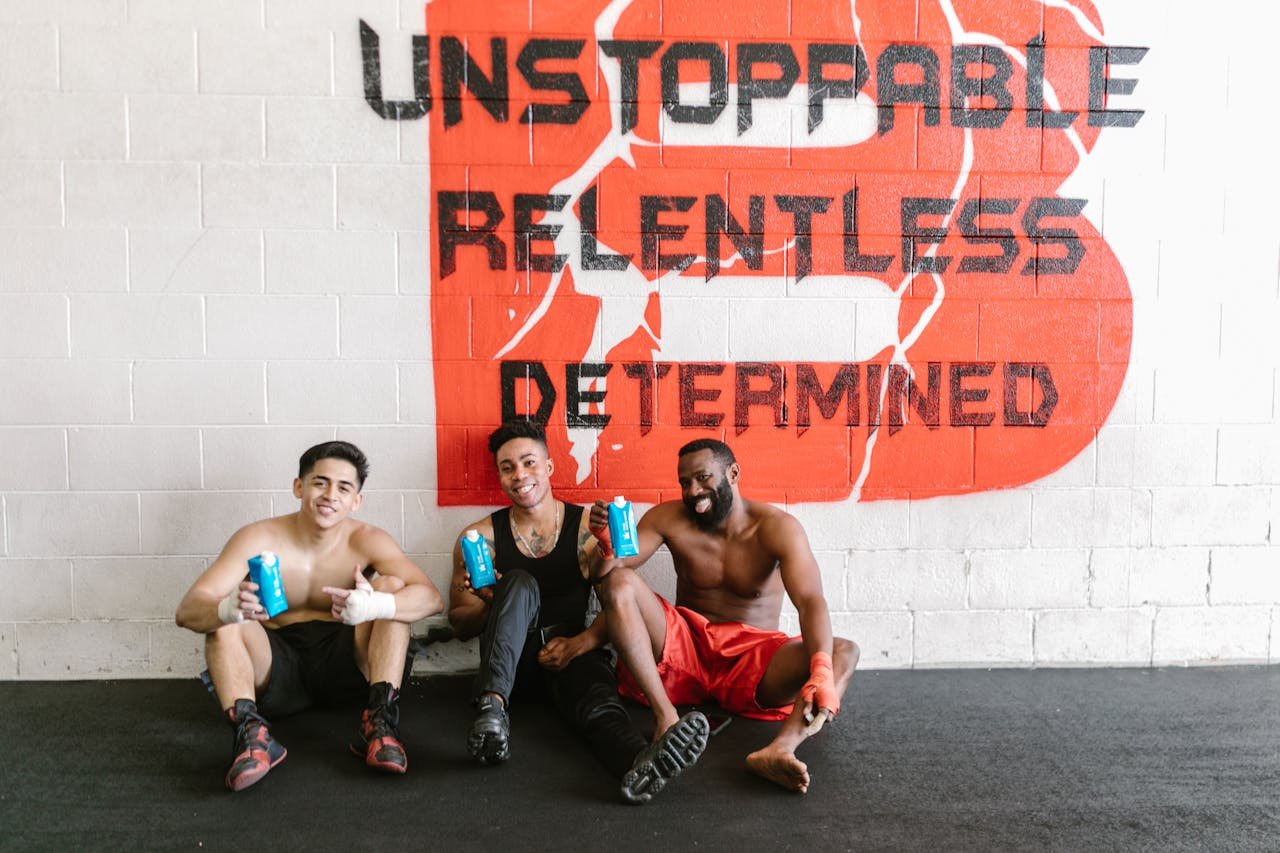The food of the athletes of the athletes is no longer the subject of Fringe – it has the highest rate. However, despite the interest of interest, the wrong information is common. For dangerous training, many athletes make critical mistakes that bring their own performance, recovery and long-term health.
In this article we will break down Seven encounter dehydrate legends– And explain the real science behind them. These concepts have a certified sport for a certified athlete who supports all levels.
Durability Atletici’s nutritional concepts
1. Myth: improves more eating more
Some athletes are “load raisions” or gravity before the race, they give them energy edges. Unfortunately, excessive weight before transport can be backwards. Often brings swelling, compressing and stomachacheEspecially when consumed unfamiliar foods or excess fiber and carbohydrates.
Why does that happen:
During the exercise, the blood flow is directed towards the intestine and the working muscle (de Olivira, etc., 2014). This digestion increases the risk of infidelity in the gas-intaction.
Also More carbohydrates do not always mean more fuel. The examples were founded for 2020 that the level of cards of Carb is also multiplied during exercise during exercise, of course, with high consumption (Rotshild and others). But throwing carbohydrates also leads to shortcomings. that is why Time and moderation of eating is important.
Key Takeey:
Your body tolerates well. Test a fuel strategy during the IBEB about Ragratiya.
2. The myth: Fast digesters are always better during exercise
This is a popular belief that is very popular like glucose “fast” applause. But that’s very simple.
Here’s a real story: your body can only be absorbed 60 grams of sugar per hour (JEUKENP, 2014). But allows different sugar and fructose such as different sugar and fructose Up to 90 grams per hour or more.
Example:
A mixture of glucose and fructose mixed with glucose increased by 75% compared to glucose
What does this mean for you:
- For short events (<2 hours), one sugar source is often sufficient.
- For things that last long Multiple carbohydrates (For example, glucose + fructose or Maltadxenrine + digestion).
3. Myth: not important How You get your calories
Some athletes think that it is not a liquid food and not liquid, not liquid food and liquid, when they face calorie or makrontage. But during this is not true, especially during events of persistent events.
Why is this important:
- Hard foods It requires digestion more, it is in problematic events during the highly impressive events.
- Liquid food (Like a gel or drink mixture) is absorbed faster and leads to less problems of the stomach, especially during long races.
Tips:
- Cyclist: You can tolerate solid options such as energy bars or rice cakes.
- Runners / triggies: Dazin glue to the liquid or gels combined with water to digest.
4. Legend: Oils do not help working
Many patient-endured athletes flee from oils, they are very slow and they do not support energy needs. But this is only partially true.
Here is Nuance:
Yes, The fats are very slow to digestionSo you should not eat high-fat food in front of the race. But far away, the action of lower intensity, body reassure of fat metabolism If you are especially well trained for fuel.
Interesting truth:
Elite endurance fiots often retain more fat and glycogen during exercise. If your diet is very heavy and very heavy and low in fats, your operation can be plateau.
Suggestions:
- Add healthy fats (such as walnuts, seeds and oil) to food.
- Avoid high-fat foods before teaching or racing.
5. Myth: If he is working for them, he works for me
Another person’s nutritional plan is your workout or Pro athlete or a athlete is dangerous.
Why?
Everyone has different energy needs, digestive speed, sweats and metabolic answers.
Example:
If the amateur cyclist tried to accept Pro, he can 100G or 1L water – they can feel swollen or slack. Getting a higher carba without proper adaptation can overcome your gut.
Best Practice:
Start with general guidelines (e.g., in accordance with the learning information, body weight and personal forest.
6. Legend: I have to drink water continuously during the training
The rightship can be dangerous as dehydration.
During long-term endurance events, Your body loses both liquids and electrolyts (sodium, potassium, chloride). Can only cause water to change hiatoningA life-threatening state caused by low blood sodium.
What to do instead:
- Use electrolyte mixture or sports drinksespecially in distant events or hot weather conditions.
- Measure your skin to consume fluid:
Formula:
(Pre-exercise weight – post-exercise weight + liquid – urine size)
Additional Advice:
Drink Cold liquids in a warmer helps to reduce the body temperature.
7
The train is a low-temperature tactical, but with these risks – especially for athletes come.
Problem:
Rightness exercises are catabolic. If you do not consume enough carbohydrates or protein, your body will start separating muscle tissue for energy (solon, 2004).
Solution:
Enable a little protein to protect the muscles and protect the help and reset. For long exercises, session protein (like BCAAS or Small Protein-Carb) helps reduce muscle breaking.
ATTENTION:
Permissible training can be effective when used during the selected and proper preparatory stage, but not your usual approach should be.
Conclusion: Personalization Popularity
The understanding of the fact that the perfection of harmonious food requires more than the following trends. It means acknowledging the unique needs of your body and to adapt accordingly. The correct strategy Personalized, based on evidence and tested– Not on Hili Day.
If you want to optimize your diet, contact us for personalized counseling with our sports diet. Online or personally, we can help you work and work better.
Literature
- Tarnopolsky, M. (2004). Proteic requirements for endurance athletes. Nutrition, 20 (7-8), 662-668. https://do.org/1016/j.nut.2004.04.008
- AE (2008) High-endurance indicators with the receipt of multidisciplinary carbohydrates. Sports and exercise, 40 (2), 275-281. https://do.org/10.1249/mss.s.Sss.ss.s3e31815adf19
- Jepairrup, A. 2014). Steps to personalized sports meals: consume carbohydrates during training. Sports medicine, 44 (additional), S25 s33. https://do.org/10.1007.0279-0148
- De Olivaliraire, RA, BODI, RC, & JEUKANTUP, A. (2014). Complaints of the gastrointestinal: Tariff, etiology and nutrition recommendations. Sports medicine, 44 (additional), S79-s85. https://do.org/10.1007/40279-014-53-2
- ROTSHILD, JACKING, AE, & PLEW, DJ (2020). What should I eat before physical exercise? Feedments, 12 (11), 3473. Https://sdo.org/10.390/0.2113473




